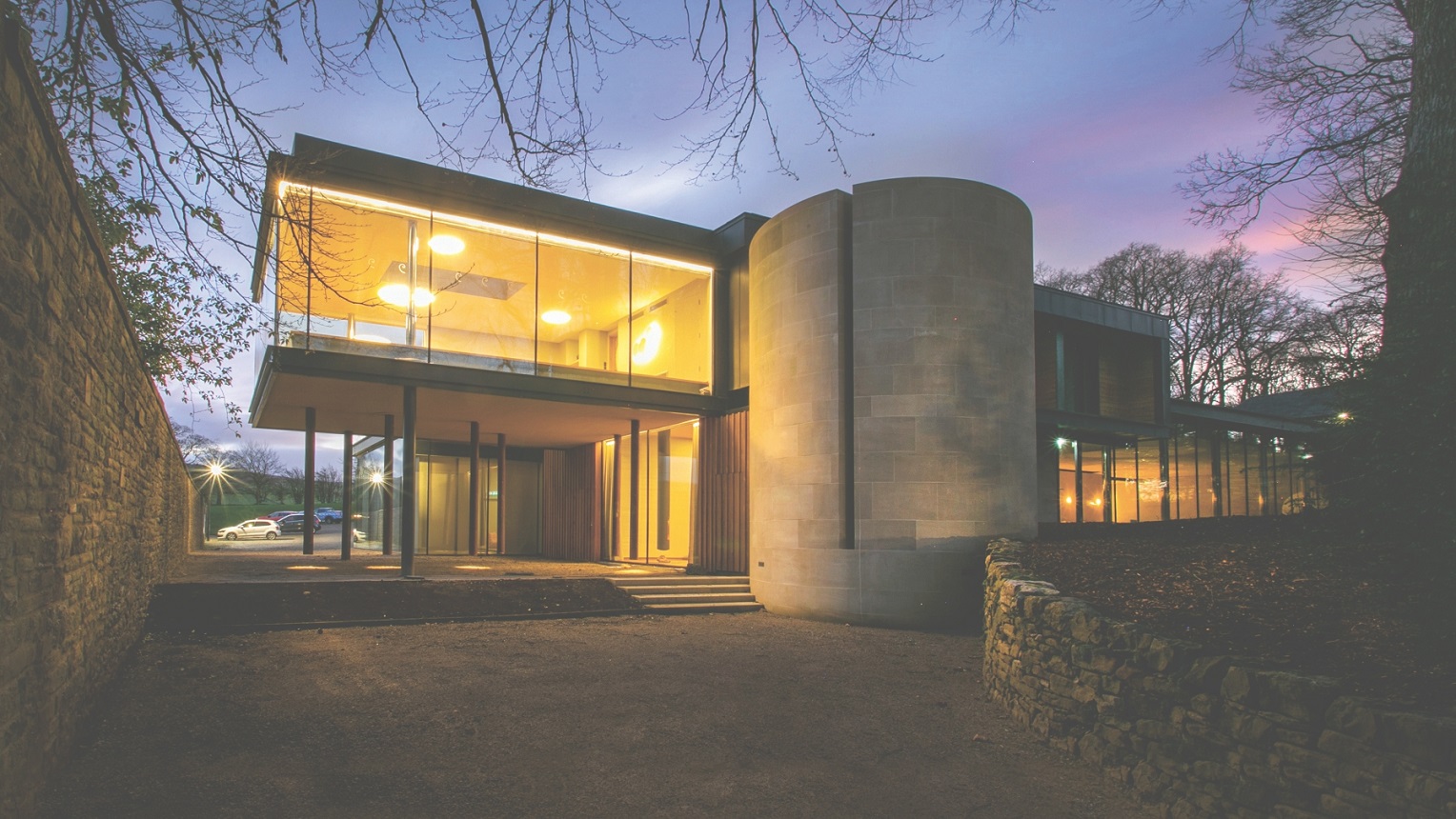
Experiential tourism of the type seen at Avalon’s Wellbeing Centre, Broughton Hall, relies on quality of place, environment and customer service with exceptional attention to detail, © Heidi Marfitt
In its annual survey of clients last summer, professional practice Rural Solutions found that around seven out of ten respondents are committed to investing in rural enterprises, despite political uncertainty.
Drawing on this data, Rural Solutions has identified what it believes are the defining characteristics of an enterprising estate.
-
Thinks like a business, not like an asset owner:
an enterprising estate focuses on optimising the return its asset can provide.
-
Seeks bespoke solutions:
the business does not follow the herd or replicate others approaches, but instead finds the enterprise that best fits its mission and offers the best combination of site and market opportunity.
-
Focuses on profit more than revenue:
looks at net earnings rather than volume, weighs up risk and assesses relative return on investment, not just in terms of capital but also time, energy and emotion.
-
Uses evidence, rather than guesswork or anecdote:
tests and cross-references views and advice, bringing in specialists. But it does respect an entrepreneurial gut feeling, and knows that insight and a sense of the market are key to decision-making.
-
Is honest about skills and capacity:
will pay to employ people with skills it lacks that are needed for a new venture to succeed. It often needs to think particularly about business-to-customer skills: customer service, marketing, brand and digital communications. Is confident but humble enough to be a good employer.
-
Finds imaginative planning and design solutions:
approaches the planning process not as a regulatory hurdle but as an opportunity to promote its ideas, attract support, work in partnership with interested parties and make its plans as attractive as possible. It thinks about landscape and environment, as well as investing in understanding the site and the impact of its proposals.
-
Identifies and mitigates risk:
this is important when going into new markets where risk may be different.
Examples of excellence
Great Tew Estate in Oxfordshire has reviewed and enhanced every facet of its businesses to make optimum use of all its assets. The process started with farming, moved on to mineral extraction and finally residential lets. At each stage, the estate team added value; for example, it identified a need for grain storage, then developed this at a scale where it could sell storage space to others; the estate now processes feed and milling wheat, feed and malting barley, oilseed rape and oats for Glencore Agriculture. Having recognised a need for investment in plant and machinery in its ironstone quarry, so as to extend its reach into more valuable markets, it acquired other sites.
The Johnstone Quarry Group now operates five quarries and supplies more than 60,000t of stone block and 300,000t of aggregates a year. Faced with a significant repair and renovation liability across the residential stock, the team targeted the section of the market willing to pay the highest rents for homes in the countryside.
Elsewhere, other estates have had success with more immersive and experiential play-based attractions; for instance, at BeWilderwood in Norfolk, which provides space for younger children to use their imagination and explore, as well as the Zip World portfolio in north Wales, which sells outdoor leisure for adults and children.
Sustainable energy resources are another option for diversification. The climate change agenda is demanding more renewable energy schemes, and there is a wider rationale that goes beyond energy production and encompasses opportunity for biodiversity net gain and natural capital enhancement. A solar farm may not look particularly biodiverse, but the ground beneath it immediately starts to improve in terms of soil health. With a lifespan of 25–35 years, solar farms offer a considerable time for improvement. Not just a powerful planning justification, this is alluring to landowners looking to adapt their agriculture and land-use management, focusing on public good and natural capital as priorities set out in the Agriculture Bill introduced last year, and in the UK government’s 25-year environment plan.
"The climate change agenda is demanding more renewable energy schemes, and there is a wider rationale that goes beyond energy production and encompasses opportunity for biodiversity net gain and natural capital enhancement"
Rob Hindle MRICS is director at Rural Solutions rob.hindle@ruralsolutions.co.uk
Related competencies include: Land use and diversification, Property management
